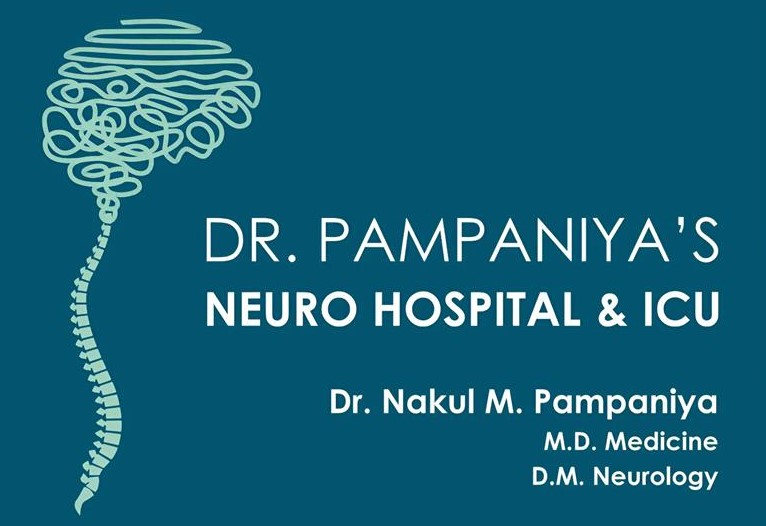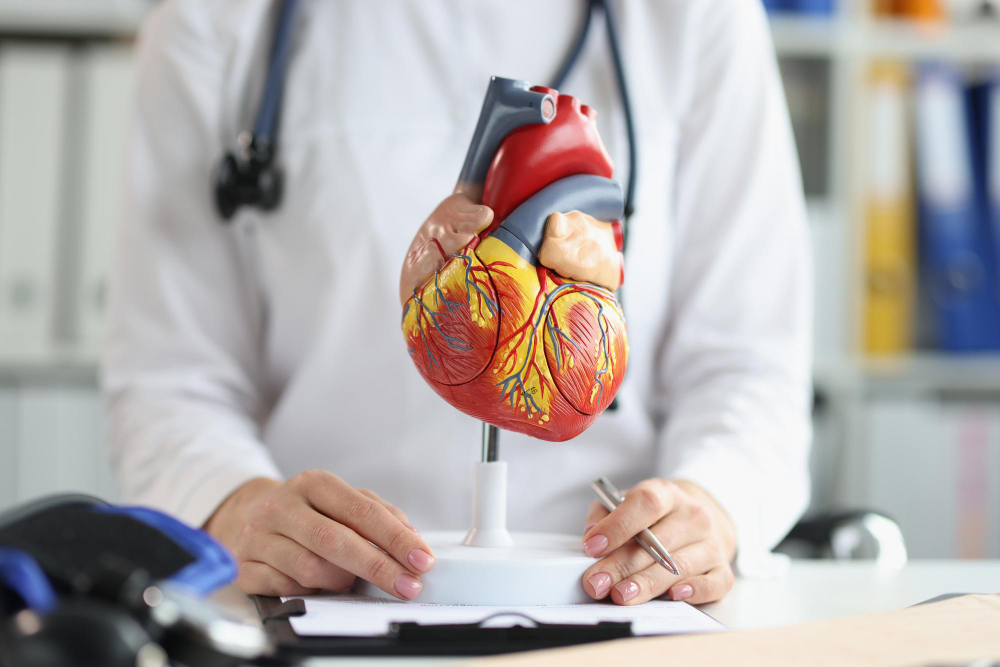What is Cardiac Arrest?
Cardiac arrest is a sudden stop in the heart’s ability to pump blood. When this happens, blood cannot reach the brain and other vital organs. As a result, a person can lose consciousness within seconds. Without quick help, cardiac arrest can lead to death. Unlike a heart attack, which is caused by blocked blood flow, cardiac arrest is due to a problem with the heart’s electrical system. This condition is a medical emergency and needs fast action.
Common Causes of Cardiac Arrest
Many factors can lead to cardiac arrest. Some causes are related to heart problems, while others are not. For example, certain heart diseases can increase risk. However, other health issues or injuries can also trigger it. Below are some common causes:
According to the American Heart Association, most cases of cardiac arrest happen because of abnormal heart rhythms called ventricular fibrillation.
Recognizing the Symptoms
Cardiac arrest often happens without warning. Still, some signs may appear just before it occurs. Knowing these symptoms can help save a life. For instance, a person may:
Sometimes, people may feel chest pain, dizziness, or shortness of breath before cardiac arrest. However, these signs can be easy to miss. If you see someone collapse and they do not respond, call for help right away.
How Cardiac Arrest is Diagnosed
Doctors use several methods to diagnose cardiac arrest. First, they check if the person is conscious and breathing. Next, they look for a pulse. If there is no pulse, cardiac arrest is likely. After emergency care, doctors may use tests to find the cause. These tests can include:
Quick diagnosis is important. Early treatment can improve the chances of survival.
Treatment Options for Cardiac Arrest
Immediate treatment is vital for cardiac arrest. The main goal is to restore the heart’s normal rhythm. Here are the key steps:
After the heart starts beating again, doctors may give medicines or perform procedures to prevent another episode. For example, they may use:
According to the CDC, quick CPR and defibrillation can double or triple survival rates.
Prevention Tips and Lifestyle Guidance
Although not all cases can be prevented, you can lower your risk. Healthy habits make a big difference. For instance, you can:
In summary, making healthy choices and staying alert to symptoms can help prevent cardiac arrest. If you have a family history of heart disease, talk to your doctor about your risk.
Consult a healthcare professional immediately if you suspect cardiac arrest or need personalized advice.

